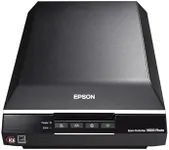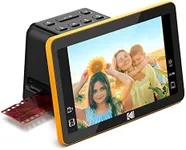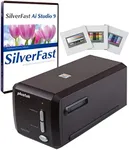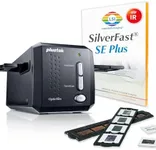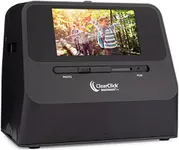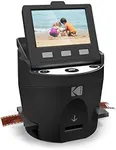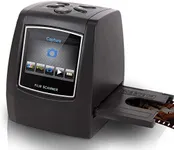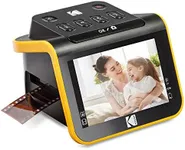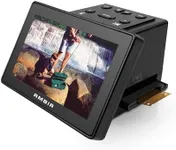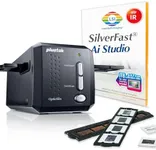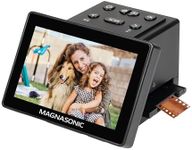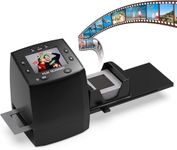Buying Guide for the Best Digital Slide Converters
Digital slide converters are devices that allow you to convert your old slides and negatives into digital format. This is a great way to preserve your memories and make them easily accessible on modern devices. When choosing a digital slide converter, it's important to consider several key specifications to ensure you get the best fit for your needs. Understanding these specs will help you make an informed decision and find a converter that meets your requirements.ResolutionResolution refers to the amount of detail that the digital slide converter can capture from your slides or negatives. It is usually measured in dots per inch (DPI) or megapixels (MP). Higher resolution means more detail and better quality images. If you plan to print large photos or need high-quality digital files, look for a converter with a higher resolution, typically above 3000 DPI or 10 MP. For general use and sharing online, a lower resolution around 2000 DPI or 5 MP may suffice.
CompatibilityCompatibility refers to the types of slides and negatives the converter can handle. Some converters are designed to work with specific formats like 35mm slides, while others can handle a variety of formats including 110, 126, and Super 8. Make sure to check the compatibility of the converter with your slides and negatives. If you have a mix of different formats, look for a versatile converter that supports multiple types.
SpeedSpeed indicates how quickly the converter can scan and digitize your slides or negatives. This is usually measured in seconds per scan. Faster converters can save you a lot of time, especially if you have a large collection to digitize. If you only have a few slides or negatives, speed may not be as critical. However, for larger collections, look for a converter with a faster scanning speed, ideally under 10 seconds per scan.
Ease of UseEase of use refers to how user-friendly the digital slide converter is. This includes the setup process, the interface, and any additional features like automatic color correction or dust removal. A converter with a simple, intuitive interface and helpful features can make the digitizing process much smoother. If you're not very tech-savvy, look for a converter that is known for its ease of use and has good customer reviews in this regard.
ConnectivityConnectivity refers to how the digital slide converter connects to your computer or other devices. Common options include USB, SD card slots, and direct-to-computer software. Some converters also offer wireless connectivity. Consider how you plan to transfer and store your digitized images. If you prefer direct transfer to your computer, a USB connection might be best. For more flexibility, look for converters with multiple connectivity options.
SoftwareSoftware refers to the programs that come with the digital slide converter for editing and managing your digitized images. Good software can enhance your experience by offering features like cropping, color correction, and organizing tools. Check if the converter comes with its own software or if it is compatible with popular photo editing programs. If you need advanced editing capabilities, ensure the software meets your requirements.
Build QualityBuild quality refers to the durability and construction of the digital slide converter. A well-built converter will last longer and provide more reliable performance. Look for converters made from sturdy materials and with good customer reviews regarding their longevity. If you plan to use the converter frequently or for a large number of slides, investing in a higher build quality can be beneficial.
